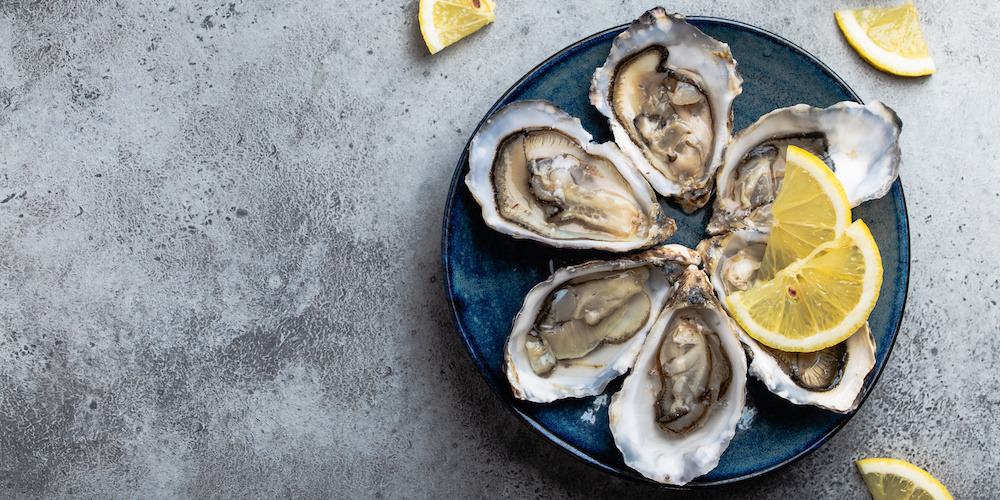Zinc is part of the trace elements. It is found in small amounts in the body, mainly in the muscles and bones.
It plays a major role and is involved in many functions. Thus, zinc:
- enables protein synthesis
- boosts immunity
- reduces inflammation
- contributes to the proper functioning of the nervous system
- supports vision and eye health
- contributes to skin beauty
Since it is not synthesized by the body, it must be provided through diet or by taking a dietary supplement.
Also read | Our tips for buying the best zinc
ANSES (French Agency for Food, Environmental and Occupational Health & Safety) recommends an intake of 10 to 14 mg/day for men and women.
Food sources are varied and tasty, including both seafood and shellfish, meats, cheeses, and numerous vegetables. Here is the top 10 of foods richest in zinc:
1. Oysters
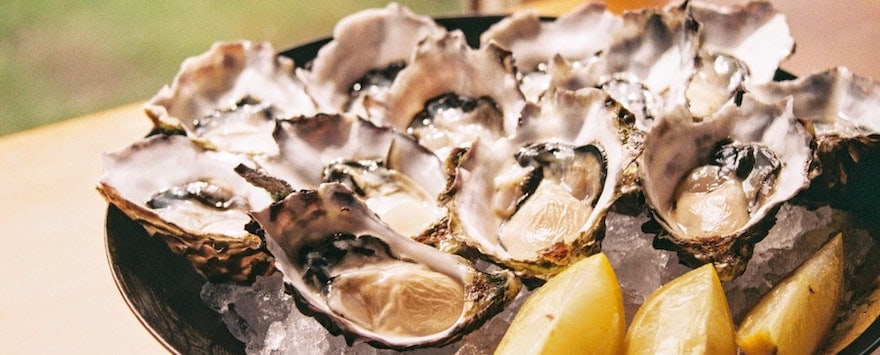
With an average content of 45 mg per 100 g, oysters top the list of foods richest in zinc.
The flat oyster (Ostrea edulis), with its round shape, contains more zinc than the cupped oyster (Crassostrea gigas), with its elongated shape.
How to consume them: you can eat them raw, smoked, or steamed.
2. Wheat Germ

Not only rich in vitamin E, wheat germ also provides interesting amounts of zinc.
Thus, 100 g of wheat germ contains 14 mg of zinc, corresponding to the total recommended daily intake (RDI).
How to consume it: in flakes or sprinkles, it can be sprinkled on salads, raw vegetables, in mueslis…
3. Crab
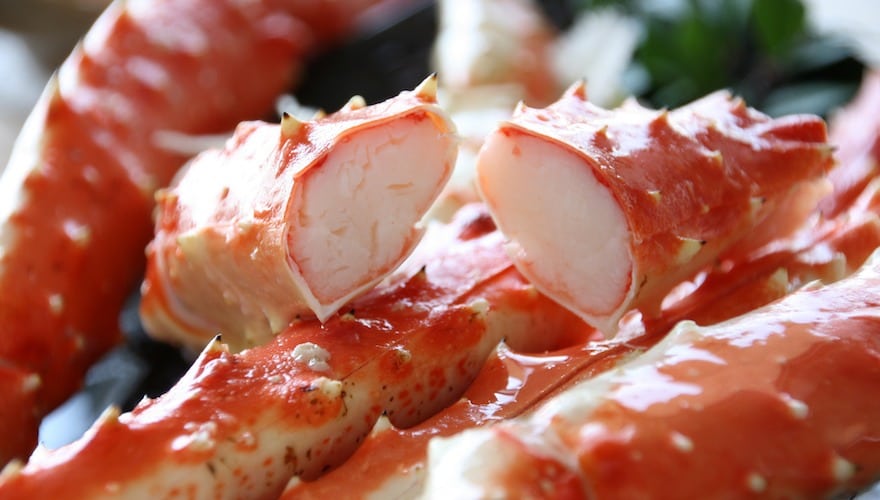
Like many shellfish, seafood, and mollusks, crab is an excellent source of zinc. It contains on average 12 mg per 100 g.
How to consume it: prefer steaming over boiling to preserve nutrients. You can prepare it stuffed, in soup, in gratin, in fritters…
Also read | Does zinc help reduce acne?
4. Offal and Red Meat
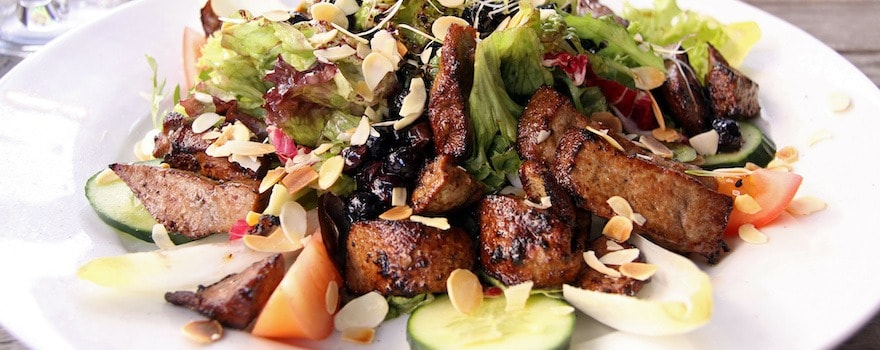
Among the offal richest in zinc, calf liver tops the list with 12 mg per 100 g. Next is beef tail (8 mg per 100 g) and pork liver (7 mg per 100 g).
Regarding red meats, opt for beef shank (11 mg per 100 g), flank steak (8 mg per 100 g) or veal rib (7 mg per 100 g).
How to consume them: sautéed, braised, or grilled, accompanied by vegetables, rice… There are countless ways to prepare them!
5. Sesame
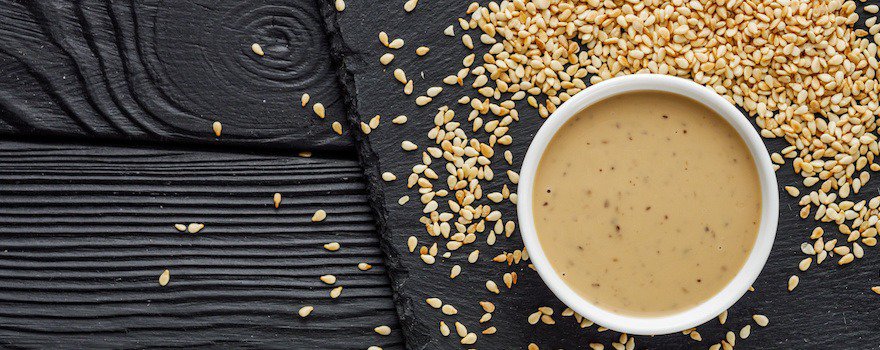
Hulled sesame seeds contain on average 10 mg of zinc per 100 g.
Tahini or sesame paste is also a good source with nearly 5 mg per 100 g.
How to consume it: the seeds can be added in salads, soups, mueslis, and vegetable dishes. Tahini, on the other hand, allows making homemade hummus or falafels.
6. Poppy Seeds
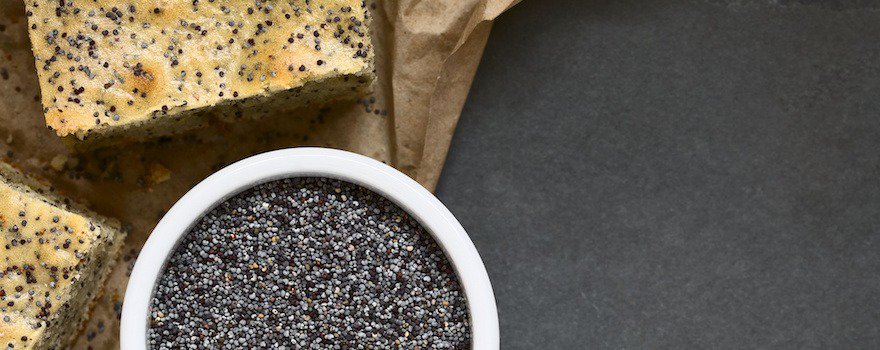
Poppy seeds (Papaver somniferum) provide a significant amount of zinc. They contain about 9 mg per 100 g.
How to consume them: add them to your bakery preparations, pastries, yogurts, or cottage cheese…
7. Sea Lichen
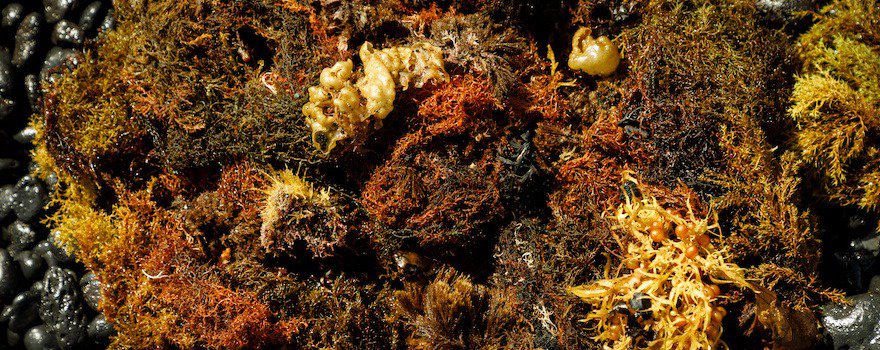
Sea lichen or carrageen moss (Chondrus crispus) is a red algae that grows on rocks.
Very rich in minerals and trace elements (calcium, potassium, magnesium, iodine…), it contains almost 8 mg of zinc per 100 g.
How to consume it: add dried or dehydrated flakes in salads, soups, rice…
8. Cheese
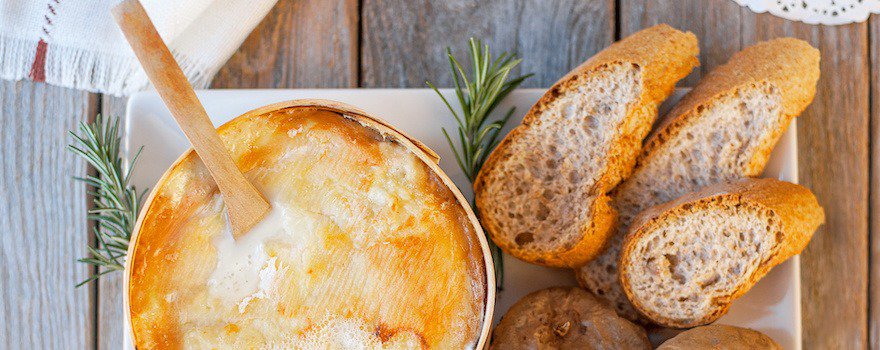
Among them, Mont d’Or stands out with 8 mg per 100 g. Then comes Gruyère and Beaufort (5 mg per 100 g), Mimolette and Reblochon (4.5 mg per 100 g).
How to consume it: you can eat it as is, at the end of a meal, or incorporate it into recipes (gratin, phyllo pastries…).
9. Pumpkin Seeds
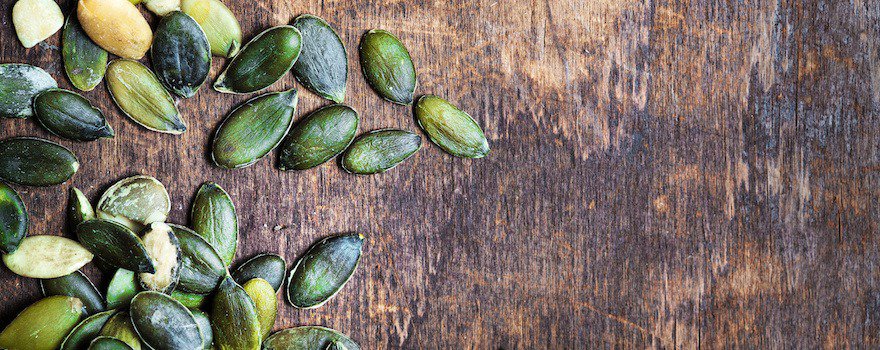
Pumpkin seeds contain on average 8 mg of zinc per 100 g.
How to consume them: you can incorporate them into bread, cereal bars, vegetable patties, muesli, soups… They can also be enjoyed on their own as a snack or appetizer.
10. Nori

Nori is a type of red seaweed originating from Japan.
An excellent source of vitamin B12, it also contributes to daily zinc needs. It contains about 7 mg per 100 g.
How to consume it: in dried or dehydrated sheet form, it is used for making sushi rolls. You can also add it to your pasta, omelets, sauces…


